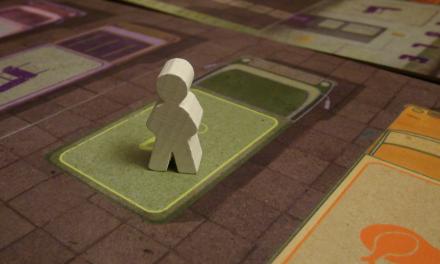As we have covered in blog and journal articles, along with our recent White Paper, disruptive behaviour can be relatively low level; such as repeatedly getting out of seats or ‘needing’ to go to the toilet as often as possible. However, it is the low-level disruption that can slowly bring the teacher to boiling point, resulting in little or no learning taking place within the classroom as a whole.
High-level disruptive behaviour, such as aggression, abusive language or violence, endangers other pupils and staff; and brings everyone’s learning and teaching to a shuddering halt. Teachers and schools can minimise disruption in the classroom; and most importantly, engage those who are opting out of learning.
A step-by-step approach, whereby the behaviour of the pupil is identified by the teacher; the teacher considers the reason(s) for the behaviour; and the teacher works alongside the pupil in order to resolve whatever has caused a lack of engagement with their studies. Above all, it is essential that the teacher takes responsibility for what is going on in their classroom; and that they are supported in this by a whole school approach to engaging every pupil.
Step One: Identifying the disruptive behaviour
Disruptive behaviour can take many forms, such as shouting out ‘amusing’ comments for the attention of the rest of the class; asking questions that are not related to the topic and that are designed to antagonise the teacher; or frequent requirements to get out of seats.
Some pupils threaten their teachers with abusive language, or are physically threatening. Rather than reacting immediately by shouting at the pupil or becoming angry and aggressive themselves, teachers should take a moment to reflect, and assess what is happening. They will then gain time to reign in any frustration. When a teacher loses his temper, the disruptive pupil has achieved their goal; and that pupil and the class as a whole become disengaged with their learning.
Step Two: Consider the reasons for the disruptive behaviour or lack of engagement
There are many reasons a child may exhibit disruptive behaviour in the classroom. The home life of a pupil, and the direction (or lack of it) given by parents clearly impacts significantly on how much they gain from learning and teaching in school. Pupils who are living in poverty may not be getting all the nutrients they need from a good diet; and worse, might literally be going hungry.
Pupils whose parents see no merit in education are clearly going to see learning as pointless and irrelevant. Some children are coping with family illness or addiction, placing a great burden upon their young shoulders and shoving education into the background of a tumultuous life. Children who are ignored at home by parents who are ‘too busy’ to display interest and engage with their offspring are very likely to display attention seeking behaviour in the classroom.
It is extremely important that the teacher can identify why a pupil is not engaged, or why they are being disruptive; and that she understands that poor behaviour is not a personal attack. This will result in a much more measured approach which will be beneficial for both the pupil and the teacher.
Step Three: Working with the pupil to resolve a lack of engagement, or disruptive behaviour
It is vital to identify the behaviour as the problem, not the pupil. Students are often labelled as ‘bad’ by teachers, who convey this information to their colleagues; often with the result that, before a pupil has even set foot in their classroom, they are considered an undesirable (and even unwanted) presence.
Children will of course become aware of this, and may even play up to it: they will prove how ‘bad’ they can really be. Every single lesson should be a ‘clean slate’ and teachers should work hard at evaluating their ability to be objective and unemotional when resolving any issues that arise.
It is also vital that the teacher makes clear what it is they want. If he simply shouts at the child, telling him that he is ‘going nowhere’ or similar, the only thing the child learns from that is that the teacher doesn’t like them or believe they are capable of success. It is considerably more effective to explain quietly and calmly what is required of the student.
In order to engage disruptive pupils, and in fact all pupils, teachers should be consistently evaluating their lessons, planning material that is tailored to the needs of the children (not the teacher), and that is relevant to the children in imaginative ways.
They should also have high expectations of every student. In order to be able to do this, teachers must feel supported and valued by colleagues and senior management. Engaging disruptive pupils is the responsibility of the whole school.











You couldn’t have said it more perfectly!
There are so many teaching staff that don’t have a clue about managing disruptive pupils and unfortunately they are doing the students more harm than good.